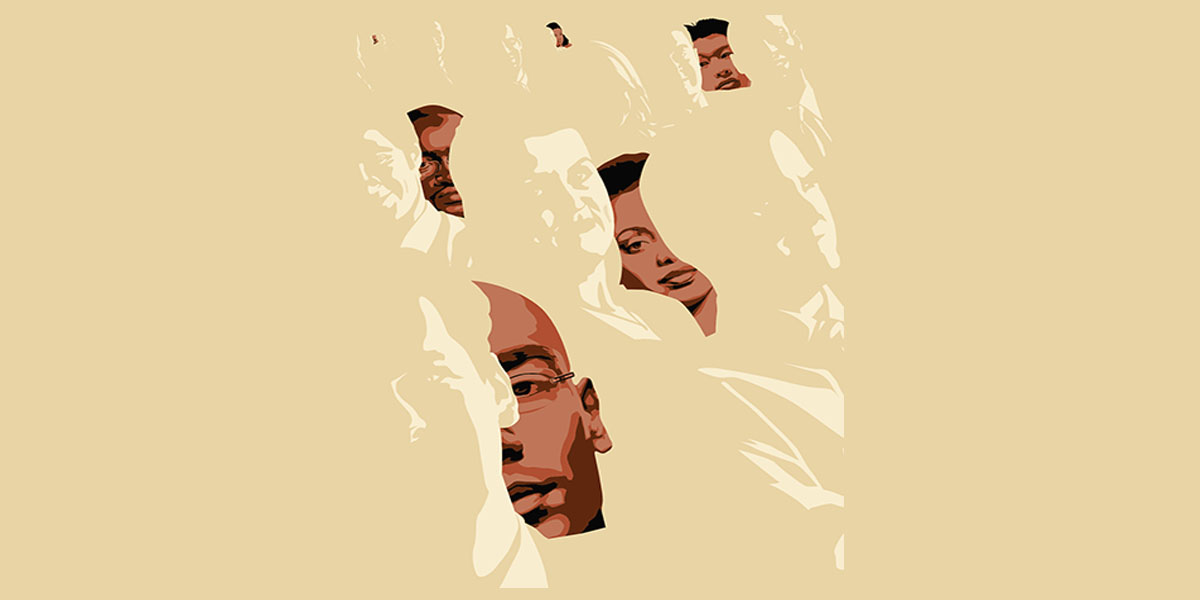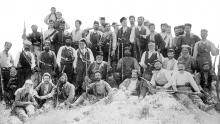
Stereotypes refer to beliefs that certain attributes, characteristics and behaviors are typical of members of a particular group of people, and much research shows that stereotypes can powerfully affect how we think about and engage with other people. Experimental social psychologist Valerie Jones Taylor examines how stereotypes impact interracial interactions, academic performance and perceptions of physical spaces (such as schools and neighborhoods).
Recently, she has become particularly interested in understanding how people engage in interracial interactions—what makes them go well and the factors that may make them fall apart. Across a series of correlational and experimental studies, she explores how we respond to racial group members who confirm negative racial group stereotypes in diverse settings. Are we motivated to disprove these stereotypes, or do we simply ignore the behavior when interacting with members of different racial groups? She finds that witnessing a fellow racial group member behave stereotypically during an interracial interaction leads people to feel that they will be judged similarly and increases their anxiety. People often attempt to “manage” these perceptions by overcompensating for their group members’ behavior and, ultimately, avoiding future interracial interactions.
Taylor examined these relationships in her research lab, where black participants were asked to meet someone new through video chat. The acquaintance was either white or black, and they were asked to perform a team-based task. In one condition, they were randomly assigned to watch an instructional video prior to completing a task in which a black student performed poorly and seemed incompetent. This is a negative stereotype of black students (i.e., intellectual incompetence)—a stereotype about which students are well aware and often work to disprove in academic spaces. In the other condition, the black student in the video performed well. Taylor found that after viewing the stereotypical video with a white partner, participants had trouble with the task and in the interaction. They felt anxiety. They felt embarrassed. It undermined their ability to perform well on the task. And, it halted their desire to interact with their partner in the future. These findings were not observed when viewing the black student in the high-performing instructional video or when interacting with a black partner.
“This study maps on well to the experiences students have in academic spaces,” says Taylor. “When you’re in an environment where your failure can be seen stereotypically, a lot of students may fail to raise their hand as often or talk to their peers as much. Such responses can have a cumulative effect on student’s performance. Ultimately, it’s not about student’s intelligence, but rather about the situation that can undermine their ability to engage fully.”
These findings, however, are not limited to racial minorities. Taylor has found the same pattern of results among whites when they witnessed a member of their group make a racist remark during an interracial interaction. They, too, felt that they would be seen as racist, and their anxiety rose. These concerns led them to simultaneously be motivated to disprove such stereotypes yet avoid future interactions with the black witness. The take-home point: Negative group stereotypes can undermine the quality of interracial interactions.
If people can engage in interracial interactions well—without fear of being judged stereotypically and the negative downstream consequences this concern engenders—it reduces prejudice, reduces intergroup anxiety and increases empathy we have for other groups. The minute we pull back from those interactions, we don’t get those positive outcomes, she says. To this point, other work in her lab shows that providing people from different racial backgrounds opportunities to “get to know” each other reduces these concerns and increases willingness to engage in interracial interactions, both in the moment and in the future.
“As interracial relationships form and solidify, it takes the sting out of observing stereotypical behaviors,” she adds. “You know your close colleague or friend won’t consistently judge you stereotypically. That speaks to the positive effects of interracial friendships.”
Currently, Taylor has been implementing this work into virtual reality contexts to understand ways to improve people’s ability to engage confidently and competently in interracial interactions.
































